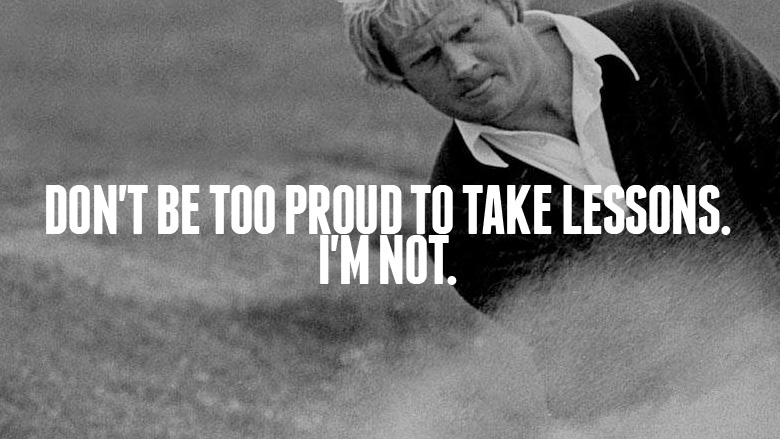I initially line up with my stick pointing CB center to ghost ball center, but I've never actually aimed (got to the final alignment) using any method but contact point-to-contact point "feel" learned through practice and memorization (aided by conscious comparison of where I'm pointing my stick).
Fortunately, I've always found it easy to "see" the OB contact point and have never had the crisis of confidence in my "by feel" ability that seems to plague so many.
pj
chgo
Crisis of confidence?
How about vision issues, optical illusions?
I had a very good road player give me lessons and on the One Pocket break he asked me what I was aiming at and I said WITH 100% CONFIDENCE that I was aiming to hit the head ball and the second ball with the standard one pocket break.
He said I wasn't aimed right and told me to shoot. Sure enough I clipped the head ball too much and sold out the break.
So we took a step back and he gave me his method of aiming which is like cheating. It's a stick method which extends the line to the rail. Then you simply shoot at the rail and because the object ball is in the way it has to go in. Works great.
Pat I don't understand why you continue to badmouth others as if you know what everyone else's experiences are. You say that that no single system is right for everyone but what you REALLY seem to mean is that in your view no one NEEDS any system other then point and shoot (with a little fidgeting to fine tune going by what you actually do).
Anyway, whatever, this type of dialog is apparently what makes you extremely happy and you appear to be addicted to it as many are. So I guess we will grow old together as long as you keep it up I will answer you and the dance continues.
For the OP - I started out with GB and then graduated to contact point with feel. I don't know if that could even be called graduating because there were a lot of shots I was super inconsistent with. But I would essentially sight the contact point and step in along a line that went to that.
In 2002 Hal Houle asked a friend of mine in Denver to have me come down and meet him. I did and my pool playing life changed forever and dramatically.
Hal filled my head with a lot of methods, too much for me to take in really and I was also only half-listening because I thought he was a nutcase and I was only humoring my friend and using the trip as an excuse to go to Denver and look for some action.
Well, there was no action in the early afternoon at Paradise Billiards and so I settled down to listen to this kook. One of the methods called the Quarters was simple enough for me to understand what I should do. It was uncomfortable at first but once I got it I started firing balls in from EVERYWHERE. And I mean EVERYWHERE!
Up the rail, thin cuts, reverse cuts, you name it I was making them slap the back of the pockets. I said how can this possibly work and Hal said it just does. He had explanations and reasons but I wasn't listening, too busy shooting.
Since then I pretty much stuck to that and the road player's line extension method until CTE. Cte was hard for me to grasp - again with the uncomfortable movement - and I still am not sure if I am doing it exactly right - but so far it's been the most consistent and reliable way for me to really KNOW that once I am down I am on the right shot line.
I bought the ProOne dvd, and the See System and played with both of them enough to know that they both work. But both of them require more practice than I am willing or able to give at the moment.
One thing I am certain of, if students get on these methods early and don't have other habits to break and aren't already indoctrinated on GB as the only "correct" way to aim then I think that they can get way better way faster since they are aiming right from the beginning.
I always say if aiming were easy then there wouldn't be so much discussion about it. As referenced earlier with Marvin Chin's work people have often written books which are all about aiming.
I personally enjoy having several methods to use to aim with. Making great shots in game situations, coming with it when it counts is the magic feeling that we all strive for. We don't play the game to miss and we don't like to feel unsure or worse to feel totally sure about the aiming line and yet be wrong.

